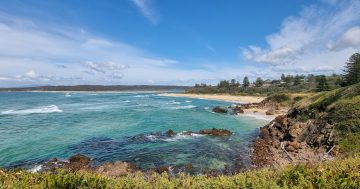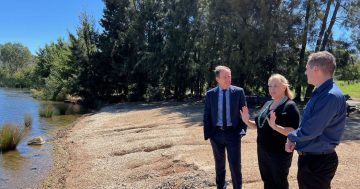ACTEW have announced a winter water use target of 105 megalitres per day.
Set an autumnal target of 112ML we blasted away at 127ML for the last three months.
ACTEW have also realised that the population of the Canberra-Queanbeyan region has risen by 7% to 385,000 since the whole process began.
And how dry has it been? Well we’ve had just 10% of the average. In 2009 we’ve had just 5.7 gigalitres of inflows to set against 20.7 GL.
89.4 GL until we hit rock bottom.














